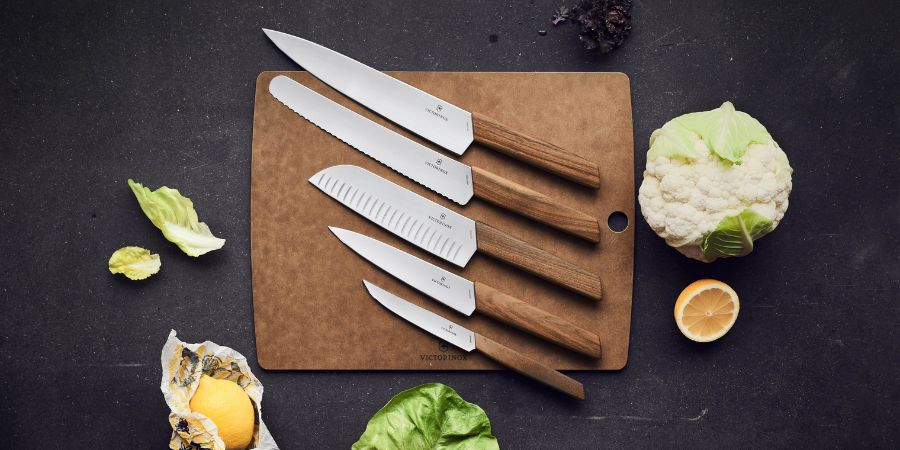When it comes to Jewish culinary traditions, brisket is more than just a dish; it’s a centrepiece that commands respect and evokes nostalgia. Whether it’s for Passover, Shabbat, or any celebratory family gathering, the tender, slow-cooked brisket has a way of bringing everyone together.
But beyond the secret family recipes and the tender slices that melt in your mouth, there’s another dimension to the brisket experience—the perfect drink pairing.
The Bold and the Beautiful: Pairing Principles
When pairing drinks with brisket, the principle is simple: robust flavours meet their match. The deep, savoury notes of brisket, often enhanced by a mix of sweet and spicy rubs, require a drink that stands its ground without overwhelming the palate.
A Big Wine for a Big Flavour
Brisket, with its rich flavours, pairs wonderfully with a full-bodied red wine. Think of a hearty Malbec, which mirrors the robustness of brisket, or perhaps a Cabernet Sauvignon with tannins bold enough to cut through the fat and complement the meat's natural flavours.
The Case for Beer
For those who lean towards the barley and hops, a robust beer can be a brisket’s best friend. A dark stout or a smoked porter can echo the smokiness of the meat, while an amber ale provides a caramelised sweetness that can highlight a brisket’s charred edges.
Spirits and Cocktails: The Daring Pair
A sidecar cocktail, with its blend of Cognac, lemon juice, and Cointreau, offers a citrusy contrast to brisket's savoury depth.
From Tradition to Innovation: Modern Twists
While tradition has its place, don’t be afraid to venture into new territories with your brisket pairings:
Sparkling choices such as Prosecco or Cava can cleanse the palate and add a festive touch to the meal.
A smoky Scotch, neat or on the rocks, can accentuate the meat’s deep flavours.
For a unique experience, a cocktail with liquid smoke can mirror the brisket's essence in liquid form—just use sparingly!
The Unexpected: Embracing Versatility
Brisket is not one-dimensional, and neither are its drink pairings. Depending on the seasoning and cooking method, you might find that:
A spicy brisket calls for a drink with spice notes, like a rye whiskey or a spicy Zinfandel.
A tangy brisket cooked with vinegar or tomato-based sauces may pair well with a tart, fruit-forward cocktail.
If your brisket leans towards the sweeter side, a dessert wine like a Port can be a delightful counterpart.
Savouring the Moment
As you slice into that juicy brisket, remember that the right drink is not just a companion, but a dance partner to the flavours on your plate. It’s about balance, complement, and the joy of savouring the moment. Whether you’re raising a glass of wine, sipping a craft beer, or toasting with a cocktail, the right drink will make your brisket shine.
So, the next time you’re planning your brisket meal, give thought to what’s in your glass as much as what’s on your plate.


















